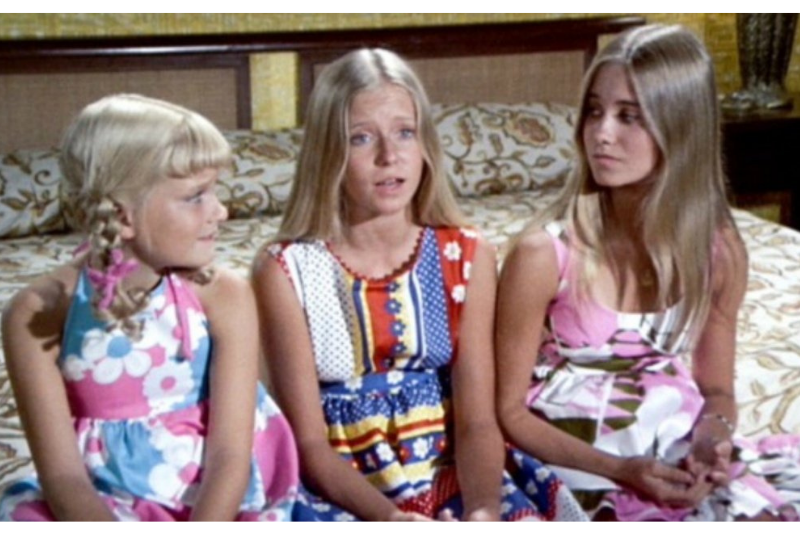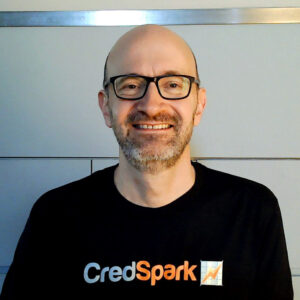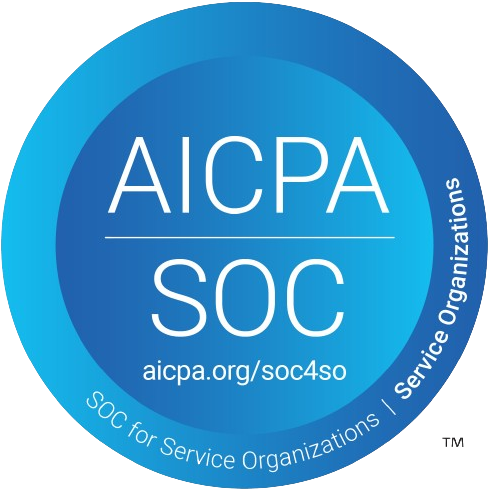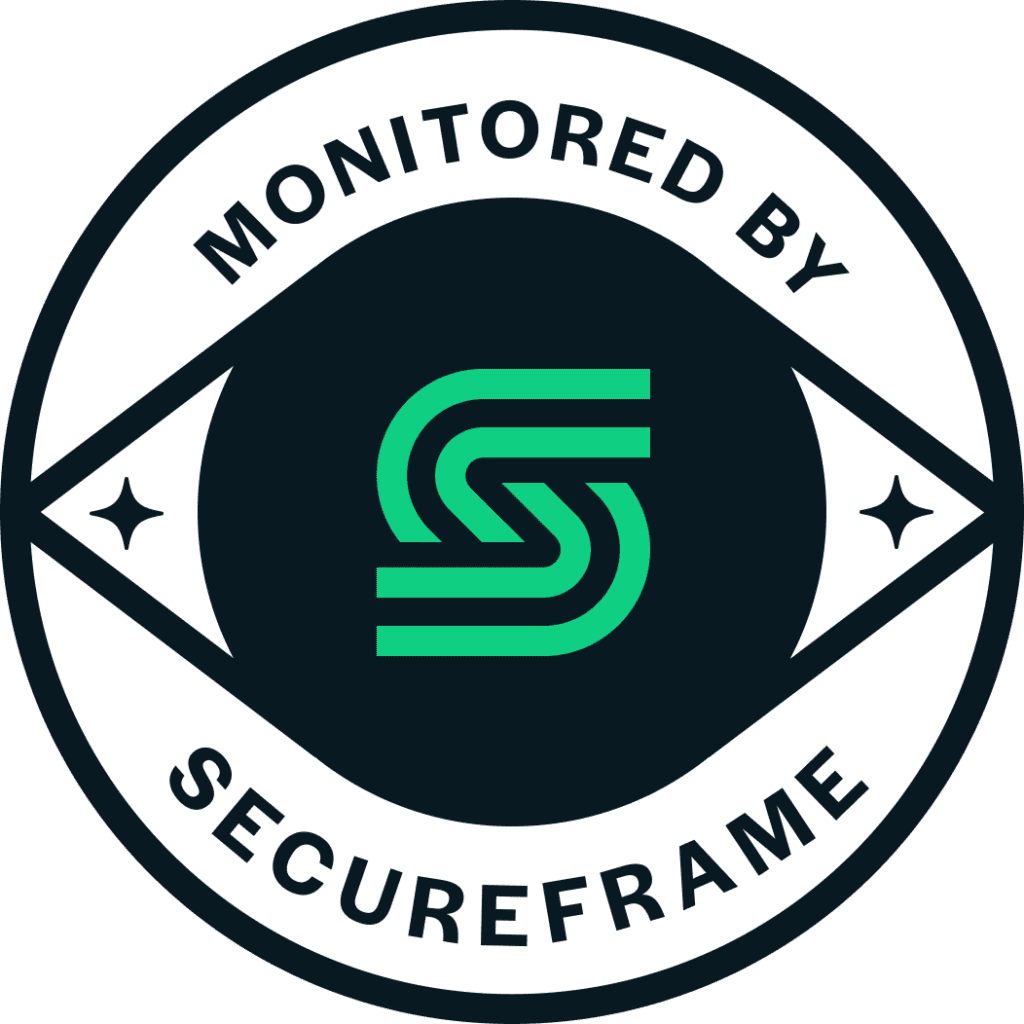Please, spare a kind thought for Ezekiel Emanuel, Anne Brontë, or Ted Kennedy. Life in the shadow of more famous siblings must be challenging.
Ezekiel Emanuel is a highly-credentialed, successful physician and the older brother of both Rahm Emanuel (Mayor of Chicago, Obama’s Chief of Staff and US Congressman) and Ari Emanuel (Hollywood ‘superagent’). Anne Brontë was a talented 19th-century novelist in her own right, whose elder sisters were Charlotte Brontë (author of Jane Eyre) and Emily Brontë (author of Wuthering Heights.) And of course, Ted Kennedy built a distinguished senatorial career in the long shadows cast by his martyred elder brothers, JFK and Bobby.
What do less-famous siblings have to do with Artificial Intelligence (AI)?
You can think of AI applications as an extended family, containing different branches and siblings within each branch. There’s an Imaging branch, which includes facial recognition technologies such as those found in the iPhone X and Facebook’s auto-tagging of photos. There’s a Gaming Branch, which includes computer ‘players’ that can beat the best human masters at Jeopardy, Chess, and Go. There are other branches of AI. But none fascinates me more than the Language branch.
The Language branch of AI contains 3 siblings:
- Natural Language Processing (NLP) – computers reading language
- Natural Language Understanding (NLU) – computers understanding language
- Natural Language Generation (NLG) – computers writing language
Like the Kennedy, Brontë and Emanuel families, the level of fame between siblings of AI’s Language branch is uneven. Two of the siblings are celebrated more than third, rather unfairly. Let’s look at each one.
AI's star siblings
NLP is the eldest. She has a couple decades’ experience reading text and finding what’s useful. Ever typed a sentence into Google? NLP parses your prose to generate relevant search results. NLP analysis of keywords is also a big factor in making web pages searchable. And remember email in the mid-2000’s, when your inbox was choked with spam? You can thank NLP for solving that problem.
NLU is the young ingenue – the one everybody’s excited about. NLU quietly watched and learned from big sister NLP, until she got her big break as the voice of Siri on the iPhone, followed by the voice of Amazon’s Alexa and Google’s Assistant. When you’re conversing with a computer in speech or type, it’s NLU that make you feel sort of like you’re talking with a human. As NLU software gets trained by conversing with millions more humans each year, she gets better and better at making us feel understood.
Chances are good that when you hear a story about AI, it involves NLP or NLU. Their fame is deserved – they’ve made big impacts on our communications, culture and commerce in a very short time. But there’s a third sister who deserves attention in her own right – and has the potential to be equally transformative.
The overlooked middle child
NLG is when computers communicate with us in language that seems as though it was written by a human – specific, varied, and natural-sounding. Yet unlike a human, NLG can write thousands of pages of human-seeming language every second. (It doesn’t suffer from writer’s block.)
NLG does this by combining 3 things:
– A base template of what the written output is supposed to resemble (paragraph structure, etc.)
– Text and data that feed into the template, with accompanying logic to inform how and when that text/data should appear
– Elements of variability in the template – such as the use of synonyms, alternative phrasing, idioms, etc. – to reflect the way humans actually write
NLG receives scant attention in the media. However, it’s being used by the media. Until a few years ago, the Associated Press employed hundreds of editors to write short, ho-hum stories on the quarterly financial reports of publicly-traded companies, e.g. “COMPANY X saw revenue grow 8% last quarter, which beat analyst expectations of $2.4 billion…” Today, those editors’ brains can be put to better use (investigative journalism, thought pieces, etc.) because a computer using NLG software now writes all those stories. The Associated Press created a story template, hooked it up to data feeds on various companies, and introduced variability so stories don’t all read exactly the same way. Presto! Another bit of human drudgery has been automated.
NLG's star turn will be in hyper-personalization
NLG is the automated generation of financial news items what makes NLG exciting? Not so much. NLG as it’s mostly implemented today by the Associated Press and others, is useful. But when NLG becomes truly special is when you reintroduce humans back into the mix, by asking questions about people’s interests, needs and preferences and weaving those into the machine-written narratives. NLG can tell people stories about themselves.
Case in point: At CredSpark, we’ve integrated our sophisticated interactive content platform with powerful NLG software to create groundbreaking personalization experiences for clients: Individuals take a quiz or survey, and based upon their answers they immediately receive a hyper-personalized set of recommendations just for them. From hundreds of thousands of possible combinations, we narrow the list to the can’t-miss items for that particular individual, and deliver them in a compelling, readable narrative.
Our initial use case is for conferences. Ever been to a large professional conference where the list of sessions, speakers and exhibitors was overwhelming? You likely didn’t know where to begin, and you didn’t like just wandering around. Don’t you wish you’d been asked a few questions by the event organizers, and received a personalized ‘short list’ of the most relevant things to see and attend? We’ve solved that by asking people questions, and making specific, personal recommendations based upon their answers. We’re launching soon with a major trade show – with more to follow.
But conferences are just the beginning – other use cases for leveraging NLG include:
– Product recommendations based on asking questions first, as a personal shopper would
– Content recommendations based on what you want and how you’re feeling at that moment
– Online course or webinar suggestions tailored to exactly what a person should learn next based on what she currently knows
– Playbooks and/or guides written for specific individual needs, vs. one-size-fits-all
I’m excited to help NLG play a new, transformative role in the personalization and relevance of content, and finally take the turn in the AI spotlight that she richly deserves.






